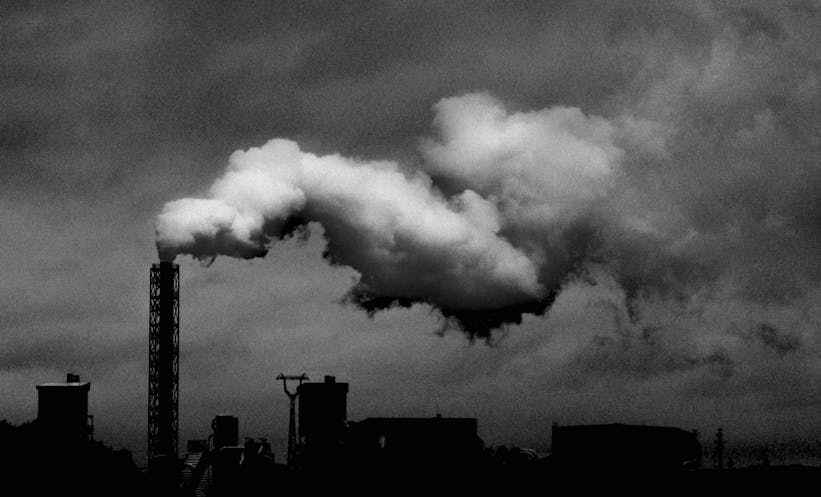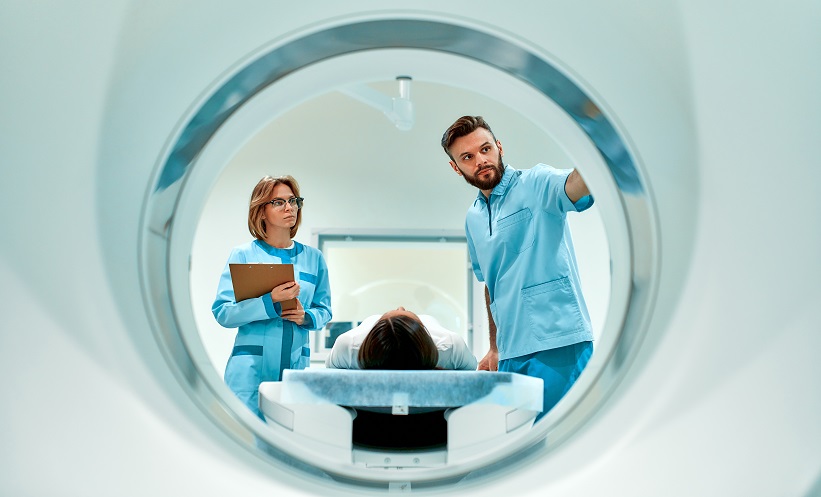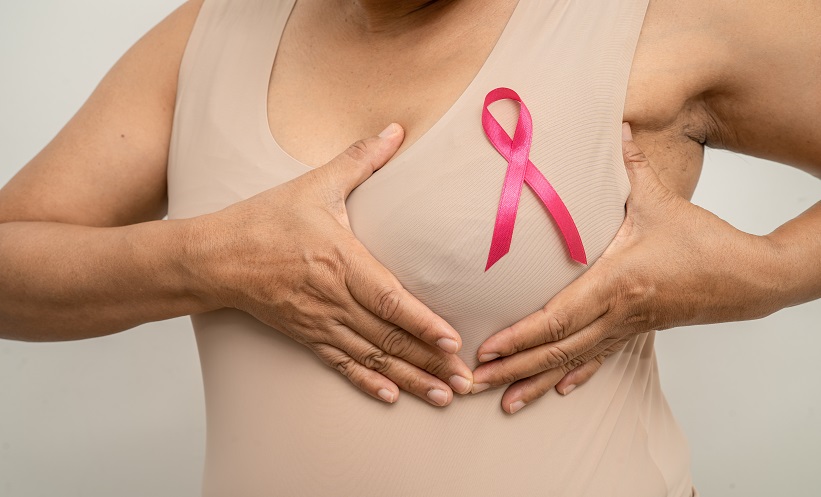NEW research reveals that rising outdoor heat and air pollution, linked to climate change, are driving increased use of medical imaging in emergency departments. A study led by a team at the University of Toronto, Canada has shown a significant association between these environmental factors and higher utilisation of X-rays and CT scans.
The study, conducted across four academic hospitals in Toronto between 2013 and 2022, analysed over 1.7 million emergency imaging studies. The findings indicate that high temperatures were associated with increased X-ray use, while higher levels of particulate air pollution were linked to more CT scans. Notably, these conditions were not found to increase the use of ultrasound or MRI.
The team defined high heat as temperatures exceeding 68°F (20°C) and high air pollution as particulate matter levels above 12 μg/m³. During the study period, there were 602 high-heat days and 552 high-pollution days. On such days, imaging utilisation increased by 5.1% for heat and 4% for air pollution. This equated to an additional 5.5 and 6.4 imaging studies per one million people per day, respectively.
“Both environmental exposures were associated with increased utilisation of chest, neuro, and musculoskeletal imaging,” the researchers reported. They attributed the trend to the health impacts of climate change, such as increased respiratory issues and other heat-related illnesses.
An accompanying editorial underscored the complex challenge this poses to radiology. “On one hand, medical imaging contributes to the carbon footprint of healthcare, driven by energy-intensive imaging equipment,” the authors noted. “On the other hand, radiology departments must address surges in imaging demand driven by climate change.”
The study calls for a comprehensive investigation into how environmental conditions influence medical imaging use. Researchers emphasised that while individual daily increases in imaging use appear modest, their cumulative impact is significant.
This research highlighted the dual role radiology plays in the climate crisis, requiring the healthcare sector to balance its environmental impact with its ability to meet rising demand. As climate change continues to affect human health, medical imaging is set to play an increasingly critical role in managing its effects.
Reference
Hanneman K et al. Increased emergency department medical imaging: association with short-term exposures to ambient heat and particulate air pollution. Radiology. 2024;313(2):e241624.








